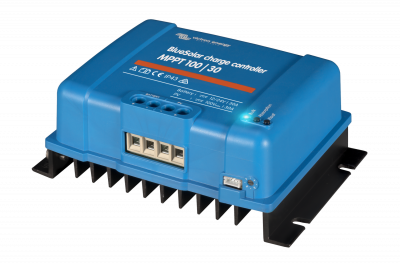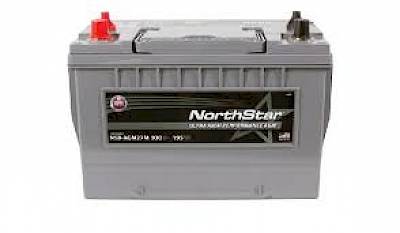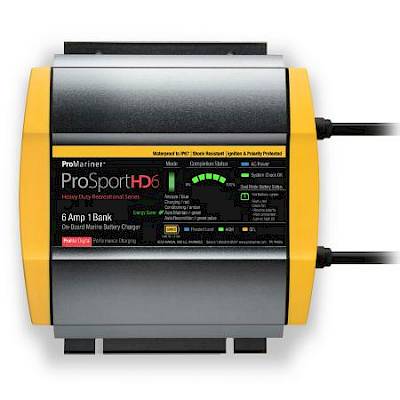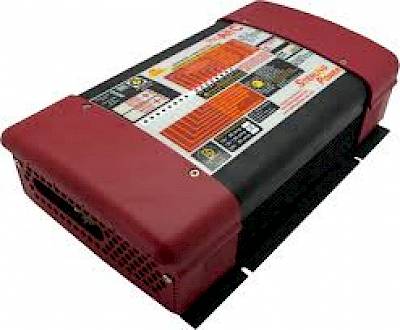
Battery Banks and Loads
One recommendation many would give when talking about batteries on a boat with a single engine is that you should have two separate banks. One specifically dedicated for cranking (starting) your engine and one for everything else.
The main reason for having two banks is that there should always be a battery dedicated for starting the engine. The ability of starting the engine is paramount to the safety of the people on board. Sometimes at sea you need to start your engine immediately and you do not have the time to boost your engine battery or wait for the generator to recharge the battery via a charger. Whereas the house batteries should be used for the rest of the system from activities like lights to navigation equipment. In case of the house battery running low, the option of re-charging the house batteries by starting the engine is available as long as the motor can be started.
However, if the dedicated engine battery fails there is the option of connecting it in parallel with the house batteries thru a multi selector switch or with a parallel solenoid. In most cases this should provide enough power to start the engine.
The house batteries on a boat should be adequate to the boat's needs and ideally there should be no need to run the engine more than twice a day for a limited time. If the situation of having to run the engine extensively (e.g. 4 hours plus) the house battery bank might be at the end of its life or the bank itself maybe too small for the boat's needs.
Related Content






 $258.00
$258.00 $181.11
$181.11

























